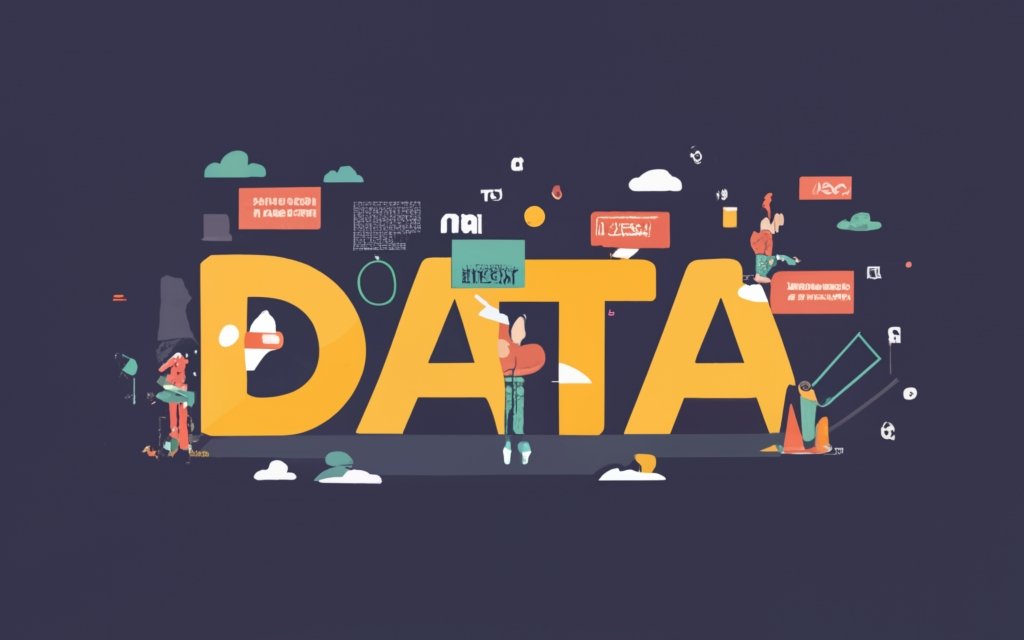Unlocking the Secrets of Data Artifacts: Analysis, Insights, and Communication
 LingarajTechhub All About Programming
LingarajTechhub All About Programming
In the context of data and data analysis, a data artifact refers to any element or output that is created, manipulated, or generated during the data analysis process. These artifacts play a role in documenting and communicating the findings, transformations, and insights gained from analyzing data. Here are some common examples of data artifacts:
Data Sets: The raw data or datasets that are collected for analysis. These datasets may come from various sources, including databases, spreadsheets, sensors, or other data collection mechanisms.
Data Cleaning and Preprocessing Scripts: Scripts or code used to clean and preprocess raw data, addressing issues such as missing values, outliers, or inconsistencies. The resulting cleaned data may itself be considered a data artifact.
Data Transformation Documentation: Descriptions or documentation explaining how data has been transformed or manipulated during the analysis process. This can include details about aggregations, joins, or other data transformations.
Data Visualizations: charts, graphs, dashboards, or other visual representations of the data. Data visualizations are often used to communicate patterns, trends, and insights derived from the data.
Statistical Analyses Output: Results of statistical analyses, such as hypothesis tests, regression models, or machine learning models. This includes summary statistics, p-values, coefficients, and other relevant information.
Data Reports and Summaries: Documents summarizing key findings, insights, and conclusions drawn from the data analysis. These reports may be aimed at both technical and non-technical audiences.
Code and Notebooks: Code scripts or notebooks (e.g., Jupyter notebooks) were used to perform the analysis. These artifacts document the steps taken in the analysis process and can be shared with others for reproducibility.
Metadata Documentation: Information about the data, such as data dictionaries, variable descriptions, and any metadata that provides context to the dataset.
Data Quality Assessments: Documentation or reports assessing the quality of the data, including information about data completeness, accuracy, and reliability.
Conclusion:
Data artifacts play a vital role in ensuring transparency, reproducibility, and effective communication in data analysis projects. They enable analysts and stakeholders to comprehend the data, the analysis process, and the conclusions derived from it. The specific artifacts produced may vary based on the project's goals and the nature of the data analysis task.
Subscribe to my newsletter
Read articles from LingarajTechhub All About Programming directly inside your inbox. Subscribe to the newsletter, and don't miss out.
Written by

LingarajTechhub All About Programming
LingarajTechhub All About Programming
Corporate Software Development Trainer with a demonstrated track record of success in the IT and Ed-tech industries for product development. I started my career as a software developer and have since taught C, C++, Java, and Python to hundreds of IT enthusiasts, including corporate professionals, throughout the years. I have been developing software for over 12 years.